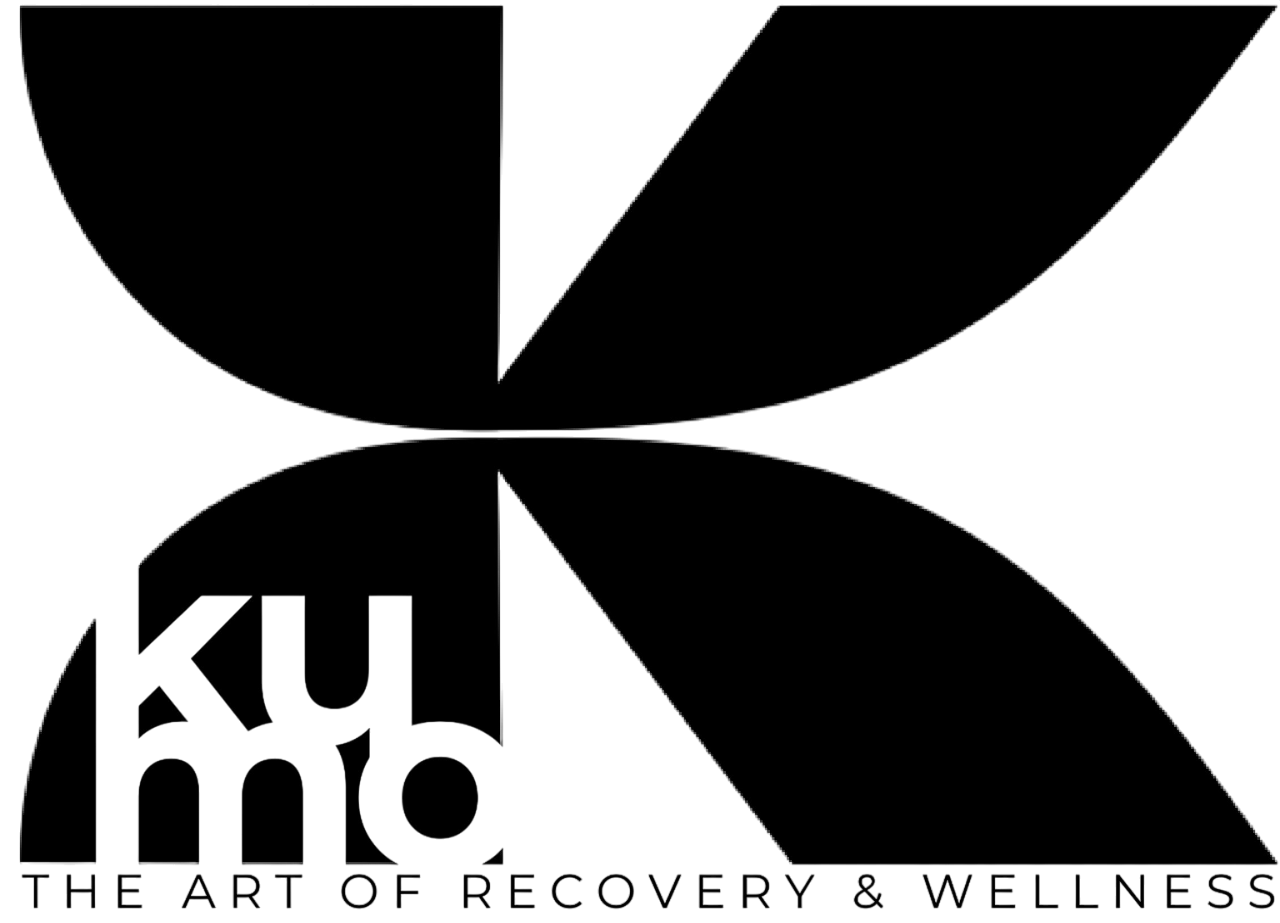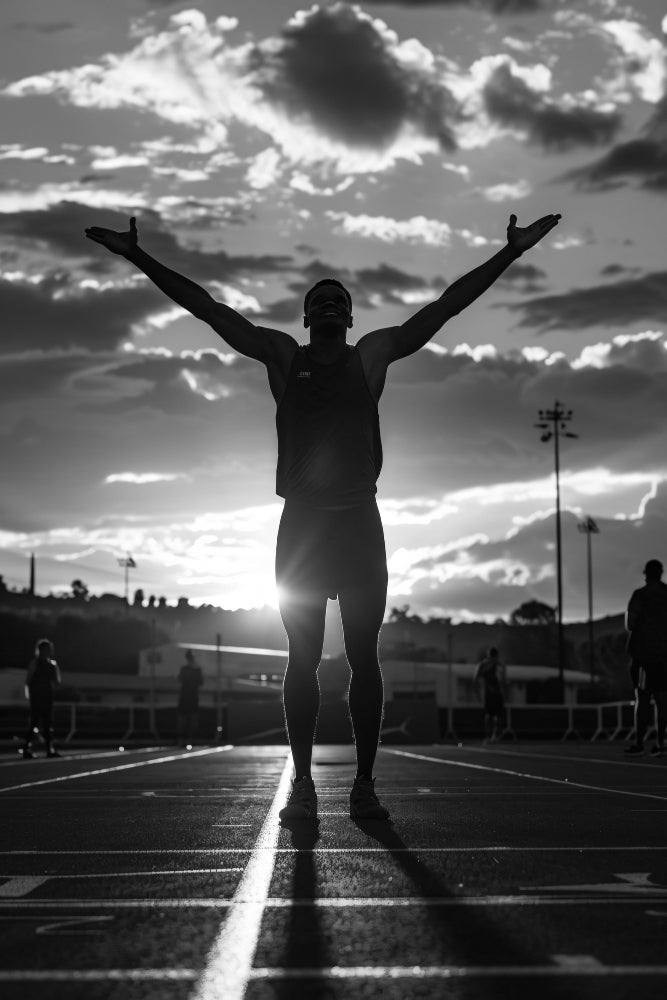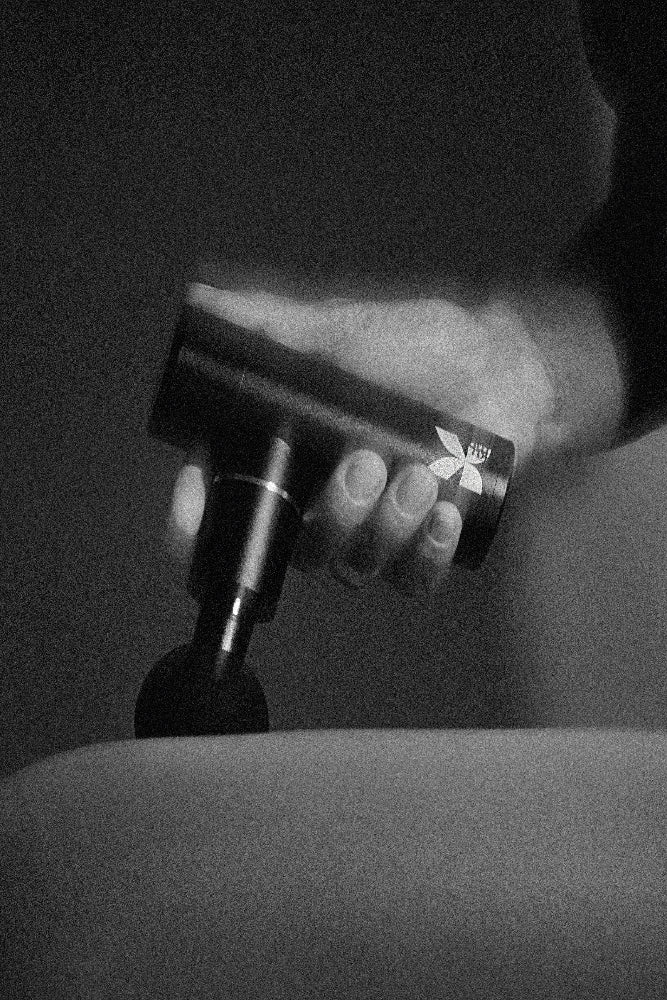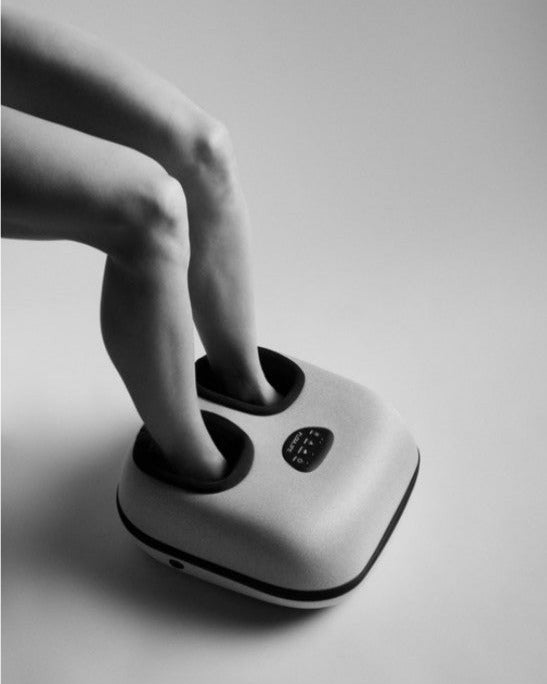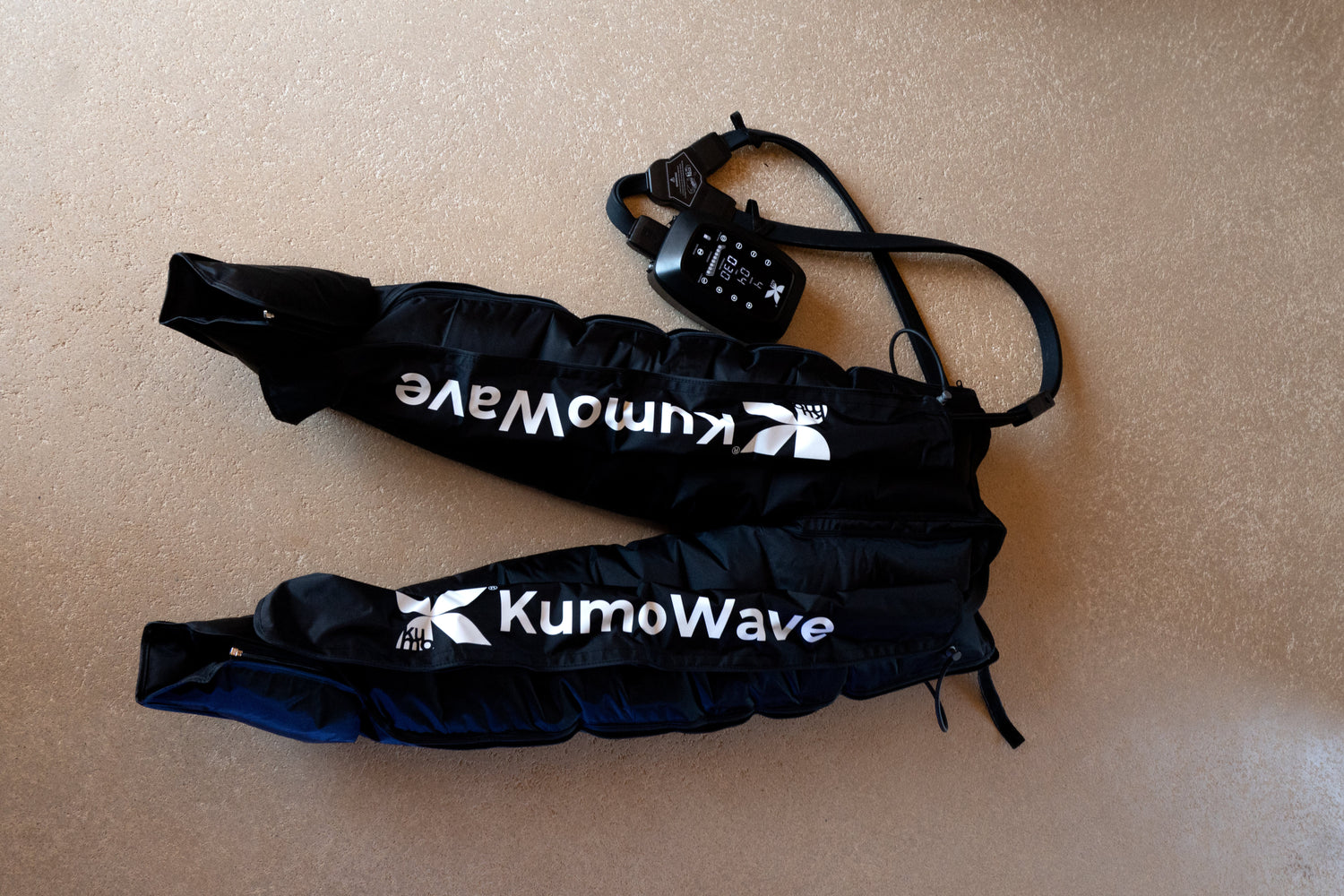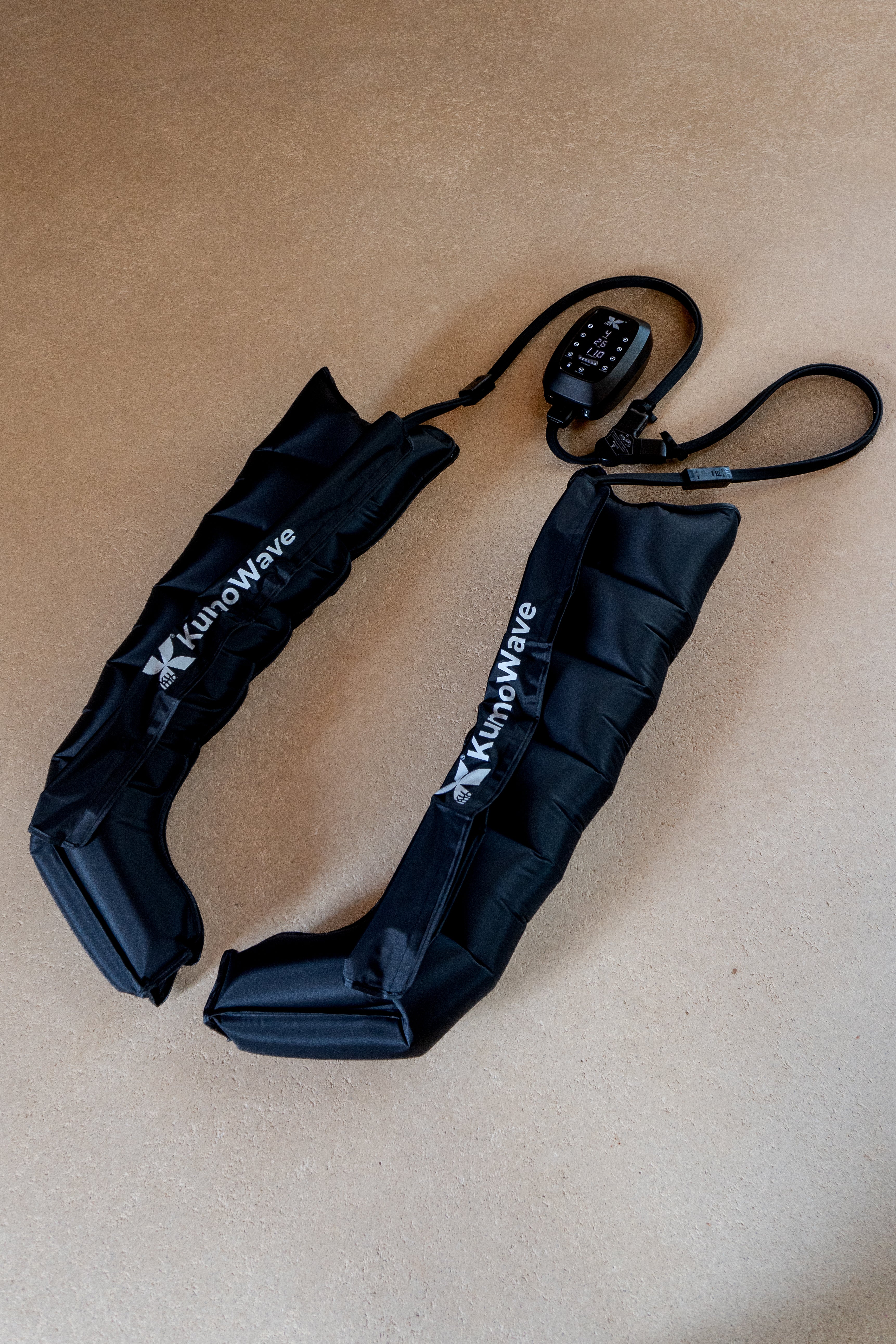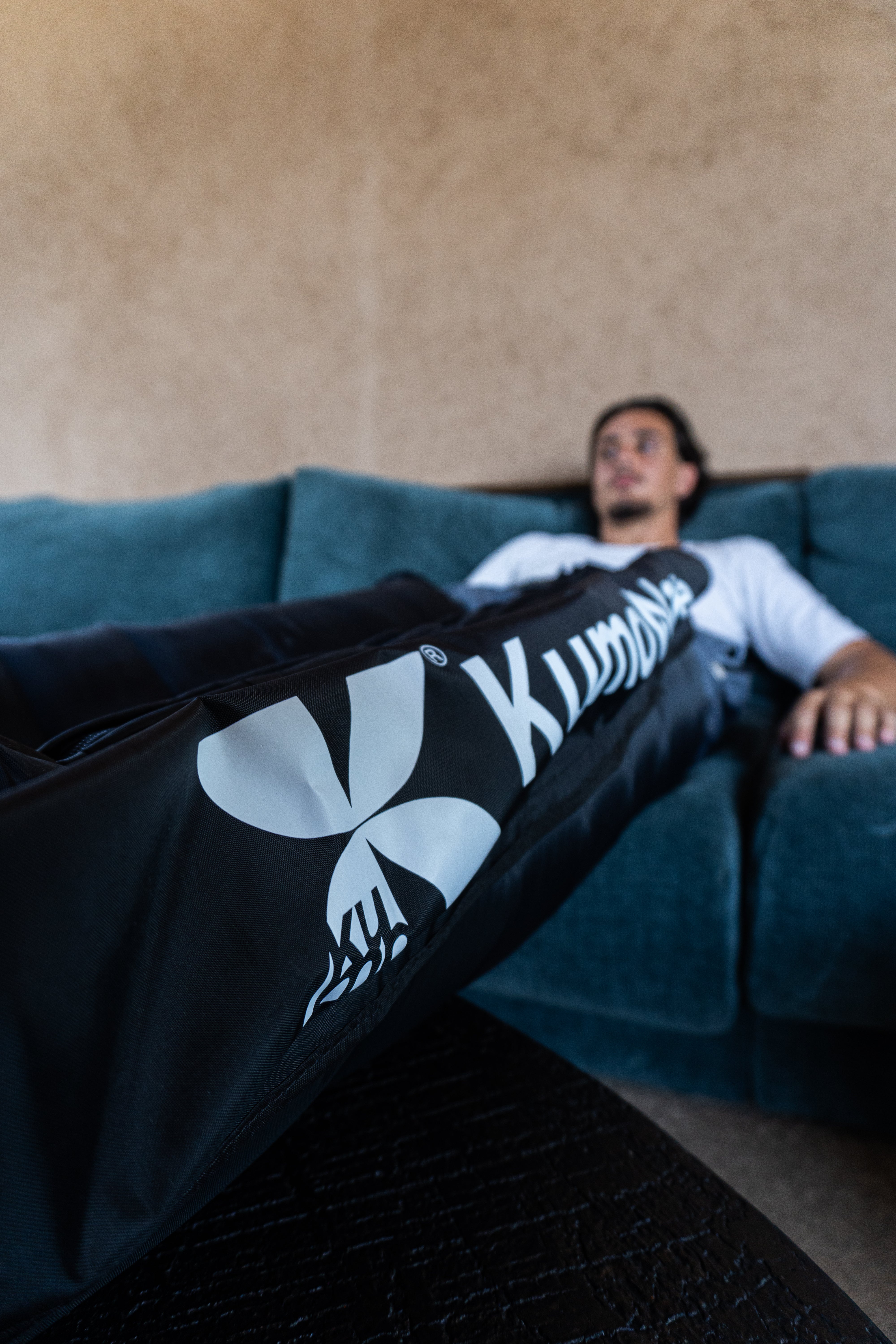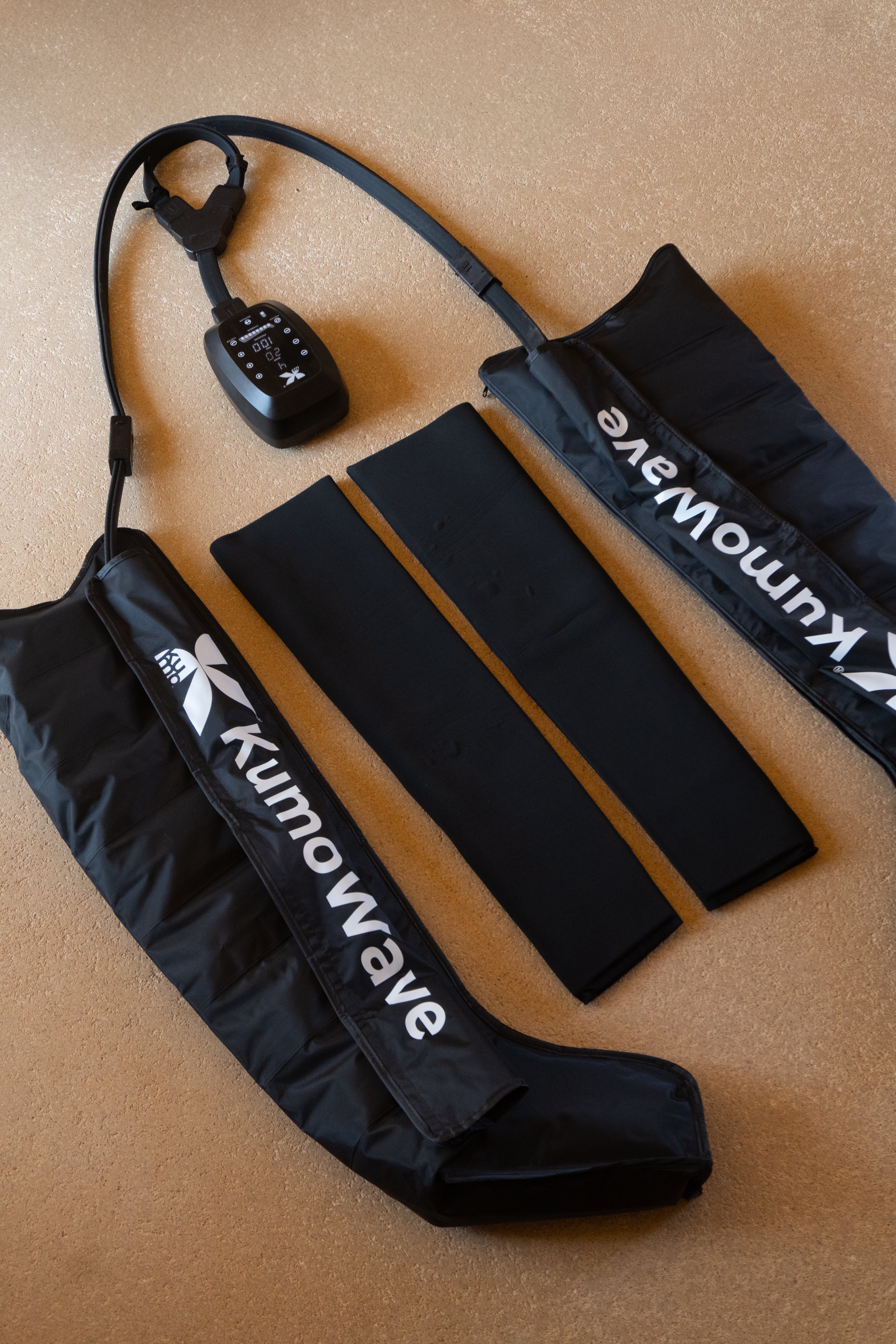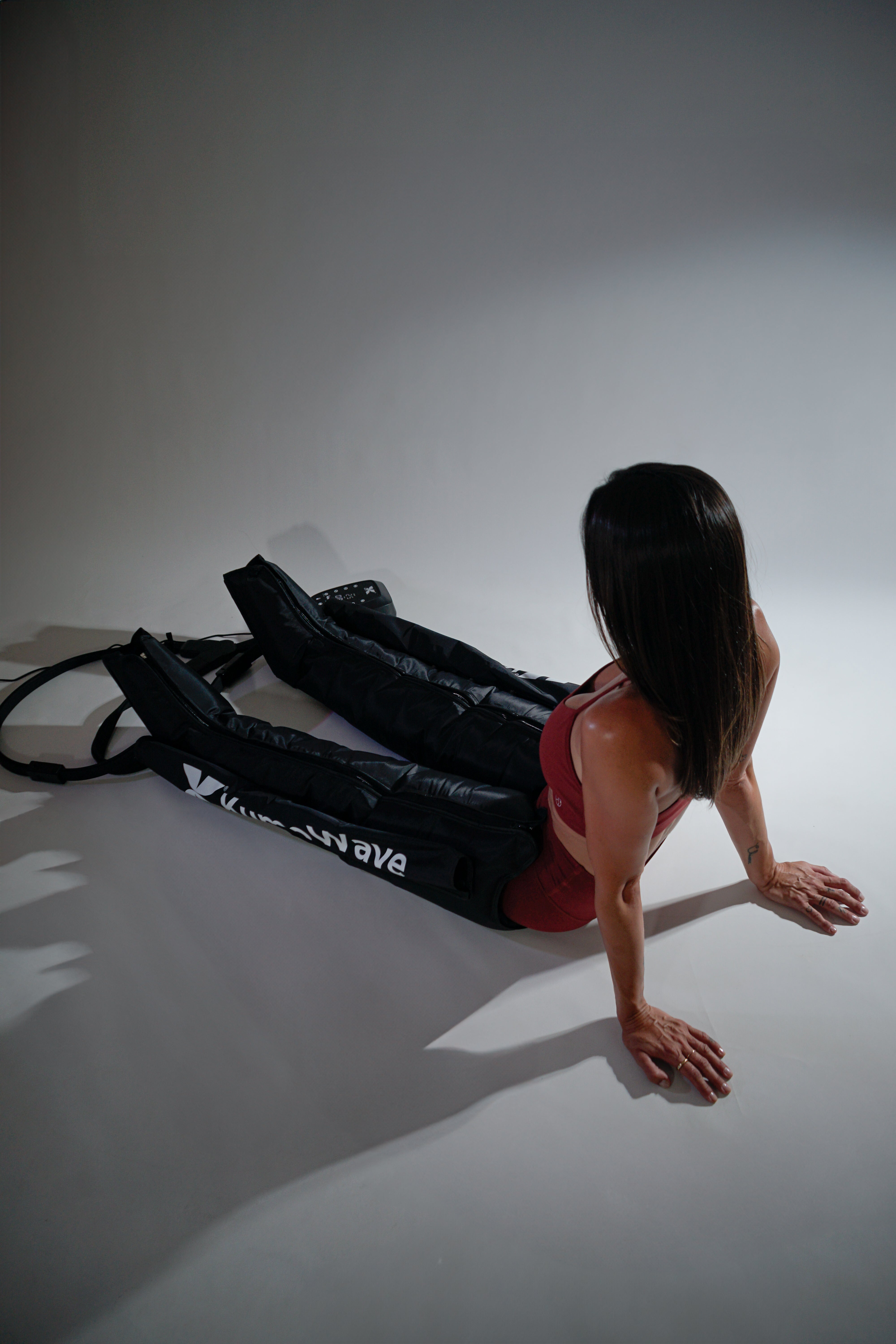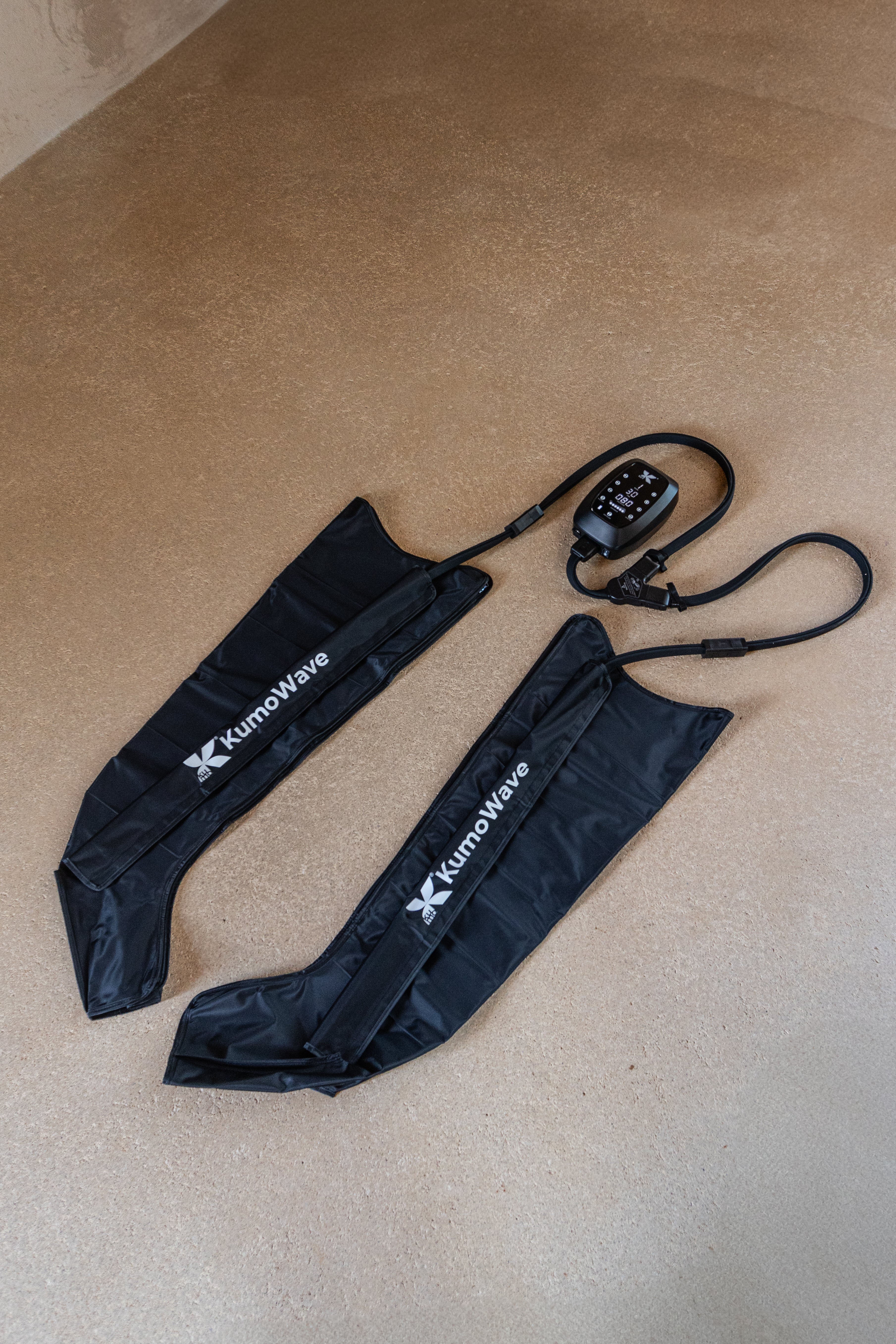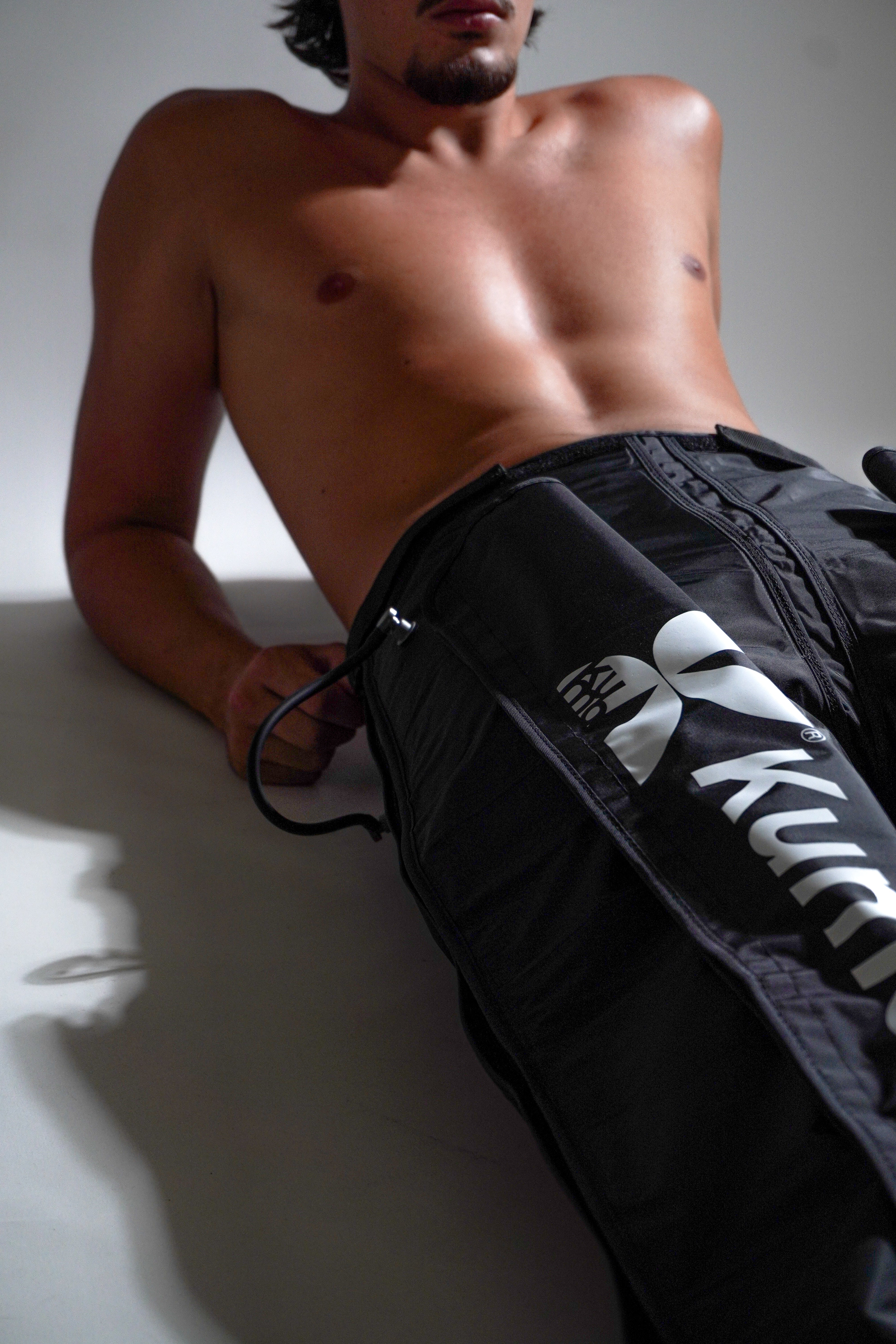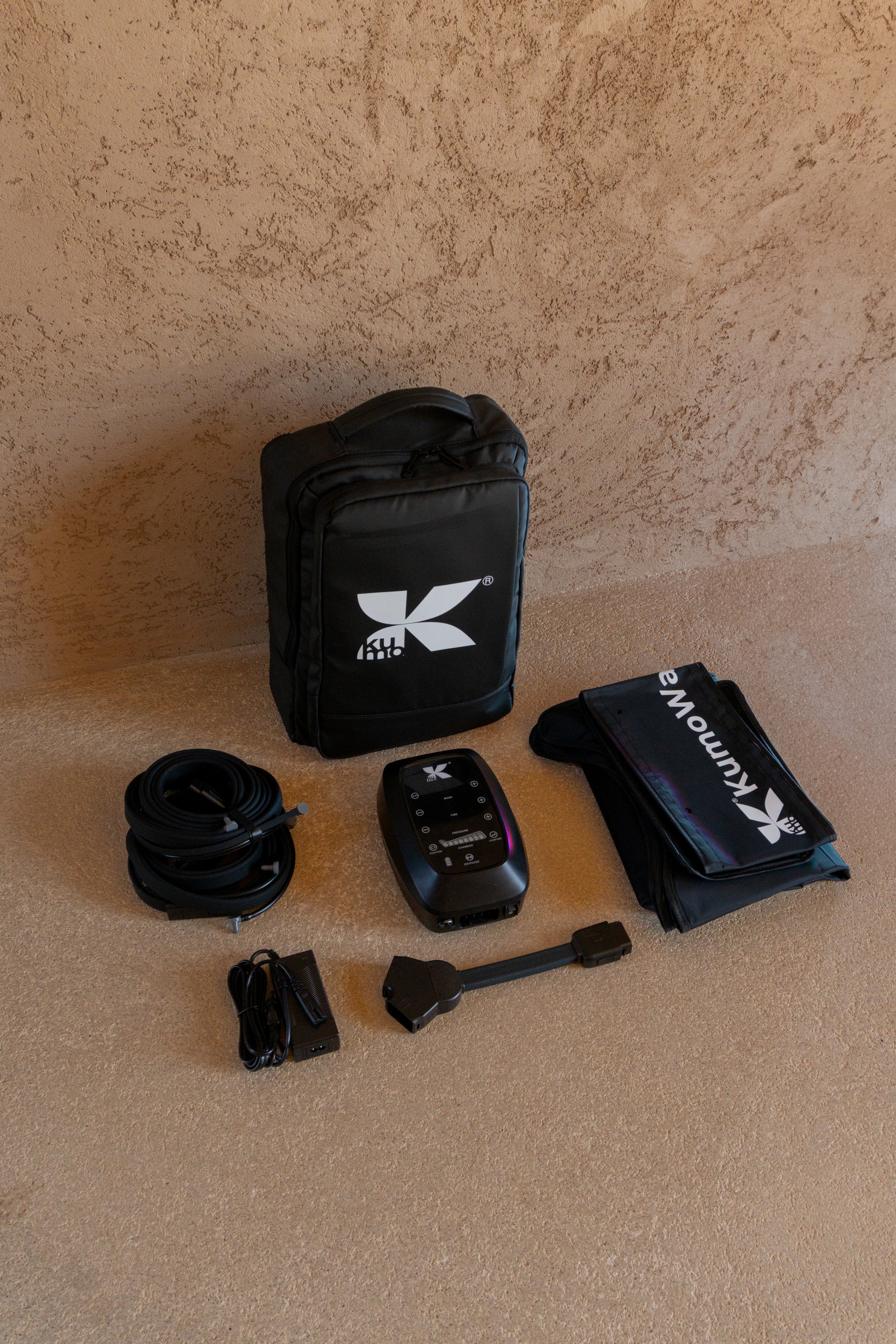Pressotherapy boots: what they are, how they improve your circulation, and how to use them correctly.
If you're looking to boost circulation, relieve heavy legs, and speed up muscle recovery, compression therapy boots (intermittent pneumatic compression) are an effective and safe solution when used correctly. In this essential guide, you'll find out how they work, real-world benefits backed by evidence, contraindications, practical protocols, and tips for choosing and maintaining your equipment.
Coming soon
- They increase venous return and lymphatic drainage, helping to reduce swelling and fatigue in the legs.
- Useful for days on your feet, long trips, post-workout recovery, and everyday well-being.
- Typical sessions: 15–30 minutes, comfortable and progressive pressure, 3–5 times per week.
- Avoid use if you have active thrombosis, skin infections, or acute pain; consult your doctor if you have vascular conditions.
- Boost results by combining them with hydration, gentle mobility and red light therapy.
Quick guide to use and benefits
| Aspect | Concise recommendation |
|---|---|
| Aim | Improve circulation, reduce edema, relieve tired legs and support recovery |
| Duration | 15–30 minutes per session, starting low and adjusting as tolerated |
| Frequency | 3–5 times/week or after workouts/travel; listen to your body |
| Intensity | Comfortable pressure, no pain or numbness; progresses gradually |
| Position | Lying down or semi-reclining, legs at heart level |
| Contraindications | Active venous thrombosis, skin infections, open wounds, decompensated heart failure, acute pain |
How pressotherapy boots work
The boots apply sequential, rhythmic compression from the foot to the thigh using air chambers that inflate and deflate. This pressure pattern forces venous blood and lymph toward the trunk, reducing stasis and facilitating return.
- The result: less edema, a feeling of lightness and less congestion after long hours of standing or demanding workouts.
- The technology is known as intermittent pneumatic compression (IPC), which has been clinically supported for improving venous return and as an adjuvant in edema management. You can learn more about its rationale in the Cleveland Clinic's explanation.
Tip: Compression should be firm but comfortable. If pain, tingling, or numbness occurs, reduce the pressure or stop the session.
Evidence-backed benefits
- Venous and lymphatic circulation: IPC helps empty venous and lymphatic channels, reducing leg volume and subjective heaviness. Clinical guidelines recommend its use as mechanical support to prevent venous stasis and blood clots in selected settings ( NICE guidelines, updated, 2018 ).
- Venous ulcers and edema: systematic reviews show that pneumatic compression, added to standard therapy, can promote healing of venous ulcers and reduce edema in appropriate cases ( Cochrane review ).
- Sports recovery: IPC can reduce the perception of delayed-onset muscle soreness and accelerate the feeling of recovery within 24–48 h after intense exercise, with a clearer effect on subjective markers than on acute performance according to recent studies (2019–2023). The response is individual; it integrates other active strategies.
To find equipment designed for home use, visit the KUMO pressotherapy collection .
Who is it suitable for?
- People with tired legs due to standing or prolonged sedentary lifestyle.
- Frequent travelers (flights, long journeys).
- Athletes looking to relieve post-workout load and congestion.
- Users with mild functional edema or occasional retention.
Important: If you have moderate to severe venous insufficiency, diagnosed lymphedema, peripheral arterial disease, neuropathies, are pregnant, or have a history of thrombosis, consult your doctor before using IPC. Consensus documents, such as those from clinical societies, reinforce the need to individualize indications.
If you need personalized advice on fit or sizing, contact our team via KUMO or write in Contact .
How to use them correctly (step by step)
- Preparation: Hydrate and empty your bladder. Place the boots over light clothing or clean, dry skin.
- Position: Lie down with your legs level with your heart. Avoid crossing them.
- Pressure setting: Start low/medium; gradually increase to a firm, pain-free pressure.
- Program: Select ascending sequence and 15–30 minute cycles.
- Post-session: Stand up calmly, do ankle mobility, and breathe deeply.
Warning signs: sharp pain, numbness, marked coldness, or color change. Stop the session and evaluate.
Recommended routines according to objective
- Office/long day: 20 min upon arrival home + 10 min of ankle and hip mobility.
- Post-leg workout: 15–25 minutes after showering; add diaphragmatic breathing for 3–5 minutes.
- Long trip: 15–20 min the night before and 20 min upon arrival; walk 5–10 min afterward.
To complement the recovery, the red LED light therapy can support muscle recovery and sleep quality.
Precautions and contraindications
- Absolute: active or suspected deep vein thrombosis, skin infection in the area, uncovered open wounds, decompensated heart failure, unassessed acute pain.
- Relative: pregnancy, uncontrolled hypertension, peripheral neuropathies, peripheral arterial disease, skin fragility.
- Medication: If you are taking anticoagulants or diuretics, consult first.
NICE details the use of mechanical compression as part of prevention strategies and always under clinical criteria in patients at risk ( NICE, NG89 ).
How to choose good pressure therapy boots
- Chamber design: multiple overlapping segments for uniform compression.
- Modes and settings: chamber pressure control, sequential and wave programs.
- Ergonomics: breathable materials, robust zippers, easy cleaning.
- Noise level and portability: quiet and compact equipment for daily use.
- Support and warranty: technical assistance and spare parts. At KUMO, we combine aesthetics, technology, and performance to make recovery a habit.
Explore our options in the pressotherapy collection and if you train strength or endurance, combine it with the KUMOPULSE Air massage gun to release tension points.
Maintenance and hygiene
- Cleaning: damp cloth with neutral soap after each use; air dry.
- Storage: Roll up without bending tubes, avoid direct heat.
- Inspection: Check zippers, hoses and seals monthly.
- Personal hygiene: Wear thin socks or an undersleeve if you sweat excessively.
What does clinical research say?
- Intermittent pneumatic compression is well established in hospital settings for venous return support and stasis reduction, with favorable safety profiles when appropriately indicated (Cleveland Clinic).
- In venous ulcers and edema, evidence suggests benefit when combined with standard care, although the magnitude of the effect varies by protocol and population ( Cochrane review ).
- In sports recovery, studies show improvements in pain and heaviness perception, while changes in performance markers are modest and contextual (2019–2023). Use it as part of a comprehensive plan that includes sleep, nutrition, and mobility.
FAQ
How long should I wear the pressure therapy boots per session?
For most users, 15–30 minutes is enough to notice lightness and less swelling. If you're a beginner, start with 10–15 minutes and observe your response throughout the day. Gradually increase the duration or pressure only if the sensation remains comfortable. Athletes can do 20–25 minutes after strenuous workouts. More isn't always better: if numbness or discomfort occurs, reduce the intensity or stop the session. Stay hydrated and do gentle mobility exercises afterward.
Does pressotherapy help with varicose veins and venous insufficiency?
It can relieve symptoms such as heaviness, edema, and cramps associated with mild venous insufficiency by promoting blood flow. It does not replace medical treatment or prescribed compression stockings. In moderate or severe cases, or if you experience pain, color changes, or ulcers, consult a vascular specialist for a comprehensive plan. Clinical evidence supports its use as an adjunct in selected settings, combined with measures such as exercise, leg elevation, and weight control.
Does it help with recovery after running or strength training?
Yes, many runners and athletes report less perceived muscle soreness and lighter legs within 24–48 hours. Sequential compression helps mobilize fluids and byproducts of exercise. Studies show benefits on subjective markers of recovery; the effects on immediate performance vary. Wear it after hydration and eating, for 15–25 minutes at a comfortable pressure, and complement it with gentle stretching or mobility. Alternate with active rest and, if desired, red light therapy to optimize the process.
Can I use them if I'm pregnant?
Pregnancy alters circulation and can increase the sensation of swollen legs. Even so, before using pressure therapy during pregnancy, consult your obstetrician, especially if you have high blood pressure, significant varicose veins, or a history of thrombosis. If you receive the go-ahead, use gentle pressure, short sessions (10–15 minutes), and stop if you experience any discomfort. Avoid compressing the abdomen, stay hydrated, and prioritize comfortable positions. If you experience warning signs (pain, redness, localized heat), seek medical attention.
What is the difference between pressotherapy and a massage gun?
Pressotherapy applies sequential pneumatic compression to mobilize fluids and promote venous/lymphatic return throughout the extremity. A massage gun offers focal vibration/percussion to relax tension points, improve range of motion, and modulate pain. They are complementary: use pressotherapy for congestion and general recovery, and a percussion gun for specific knots or pre-workout muscle preparation. If you're interested in a versatile device, check out our KUMOPULSE Air massage gun .
To remember
- Pressotherapy improves venous return and lymphatic drainage, relieving tired legs and mild edema.
- Use it 3–5 times per week in 15–30 minute sessions, with comfortable pressure.
- Avoid use if you have active thrombosis, skin infections, or unevaluated pain; consult if you have any medical conditions.
- Integrate hydration, mobility and sleep to maximize benefits.
- Combine it with smart recovery: red light and focal massage when useful.
- Ready to get started? Discover options in the pressotherapy collection or talk to our team at Contact . To learn more about us, visit KUMO .
